The Michelson-Morley 1887 experiment; their not-null results, the Aether and implications.
Thousands of light experiments negate the mainstream 'science' narrative supporting 'Relativity', 'vacuums' and call into question Copernicanism.
“The Michelson-Morley experiment confronted scientists with an embarrassing alternative. On the one hand they could scrap the ether theory which had explained so many things about electricity, magnetism, and light. Or if they insisted on retaining the ether they had to abandon the still more venerable Copernican theory that the earth is in motion.
To many physicists it seemed almost easier to believe that the earth stood still than that waves – light waves, electromagnetic waves – could exist without a medium to sustain them. It was a serious dilemma and one that split scientific thought for a quarter century. Many new hypotheses were advanced and rejected.
The experiment was tried again by Morley and by others, with the same conclusion; the apparent velocity of the earth through the ether was zero.”
(Lincoln Barnett, The Universe and Dr. Einstein, p. 44)
A disaster!
1887 was a year of disaster for ‘The Science’ and Copernicans. The most complex light-interference experiment ever tried in history had failed to detect the Earth’s motion through space. The MM experiment was not unique but replicated across more than 300.000 similar experiments.
Tell me again the list of experiments Einstein performed to ‘prove’ ‘Relativity’? Oh, there aren’t any? Other than tortured, tautological, complex maths, and incorrect claims of phenomena description, what mechanical proof is there for Relativity?
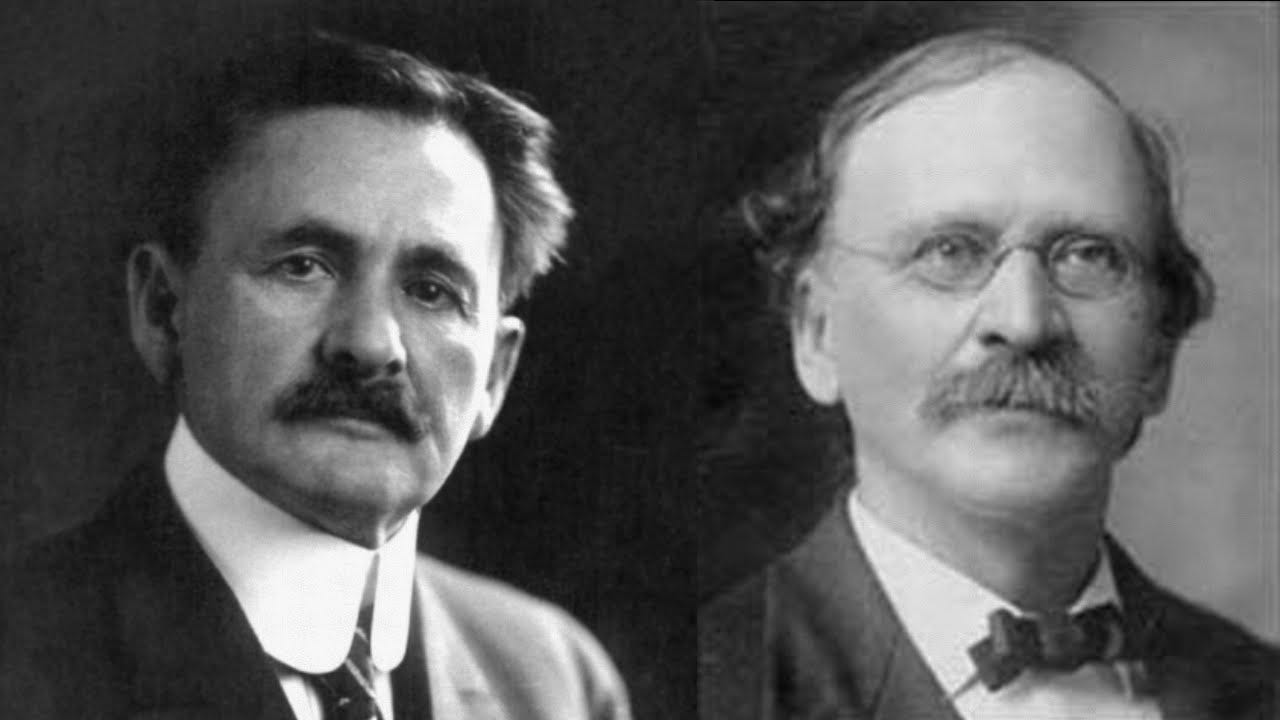
Bury those results
‘The Science’, with its textbooks, apologia, AI, and propagandists posing as ‘professors’, will tell the untutored the opposite of truth. They will declare – mendaciously – that the MM experiment of 1887 ‘proved’ that the ‘aether’ did not exist! It proved no such thing.
What MM and others found was a not-null result of movement between 1-8 km per second. This is far below the required 30 km/sec serene glide that the Earth apparently takes in its swanlike 585 million mile, yearly procession around the Sun. What to do?
First, declare that the experiment disproved the aether (false misdirection). Second, cue the wizards with the complicated maths and word salads that no one understands to explain away the results by invoking ‘Relativity’. Enter Lorentz, Fitzgerald, Minkowski and Einstotle. Third, demand idol worship and veneration of Einstein.
Objectives and Assumptions
Michelson-Morley attempted to detect the velocity of light in two different directions. The idea was straightforward. By measuring light ‘interference’ from the Earth’s angular motion against that of a perpendicular beam, they should render a result which identifies the speed of this planet’s motion in the ‘aether’.
1. Using mirrors, measure the velocity of light moving in the same direction of Earth’s assumed orbit, send this beam back to a central point and record it on a photographic plate.
2. At the same time, using mirrors, measure the velocity of light moving perpendicular to Earth’s assumed orbit, send the beam back to the centre and record it on the photographic plate.
What were MM’s assumptions? These are rarely discussed, yet all scientific endeavours start with worldviews and basic assumptions. Sometimes these are called ‘apriori’ assumptions. For example, I assume that the Earth moves as my starting point and now I want to measure the movement of a pendulum at different latitudes in relationship to that motion. If I don’t declare my apriori assumption which will inform how I interpret my results, you can’t make a considered judgement when you see the data.
Michelson and Morley based their experiment on 4 assumptions:
1. The aether is fixed or immobile (Descartes, Maxwell, Lodge, Newton wavered on this). The Earth simply moves through this static medium,
2. Applying Newton’s 2nd law of motion (Force = Mass x Acceleration, which we know is inaccurate), if the aether is fixed, it should not ‘accelerate’ nor move matter.
3. Based on aether immobility, MM expected to find an ‘aether wind’ or some indication of friction between the Earth and this immobile aether.
4. The aether would permeate not just space but also the surface of the Earth (Descartes, Stokes). This ubiquity would mean that no matter where you performed the experiment, whether it was in a cave, or on top of a mountain, you should be able to measure the ‘aether wind’ or friction with this immobile matter.
These assumptions are important. They did find a not-null result. What could this mean?
1. There is no movement of the Earth, or at least the movement is far less than 30 km/second.
2. The aether is not immobile. It might well move and have velocity. This could support the theories which claim that the aether is not only a transport medium for material waves, light and energy, but part of the production of the same. This also nullifies Relativity.
3. The aether might form a sort of ‘atmosphere’ that some post MM 1887 termed an ‘aetherosphere’. This was a part of the ‘entrainment’ theory of the aether, meaning that the aether was attached to the Earth and moved with it, but was also present and dense at ground or sea level.
4. This would mean that finding the absolute motion of the Earth, divorced from that of this ‘aetherosphere’ would be very difficult because they would be no measurable difference in motion between the Earth and the aether that was ‘entraining’ and moving with it (the entrainment of aether is unproven and probably wrong).
Results, interpretations
The MM apparatus was designed to measure what MM called the ‘fringe’, or the area where the two perpendicularly beams of light intersected, after travelling identical distances. The light ‘corpuscles’ to use their Newtonian terminology, or particle-rich-beams (waves), should have recorded an aether friction of some 30 km / second due to their assumptions that the aether was immobile and the friction or ‘wind’ between the Earth and aether must generate a measurement. The light beam travelling perpendicular to the assumed direction of the Earth around the Sun, should have remained unaffected.
However, shockingly, they did pick up a fringe result and it overturned all their expectations. It was not zero, but nowhere close to 30 km/second. So how can we interpret this? MM were not alone, and this experiment has been replicated many thousands of times at different altitudes. Obviously, there is no movement of the Earth, at least none that can be measured by light interference. What then is going on?
In ‘science’ and in physics there is aether ‘denialism’. It is a pre-requisite to graduate, get a job, tenure and to be published.
But if we reject aether-denialism and take the other viewpoint that MM found a mobile, or ‘dynamic’ aether, or an aether wind, which is what Tesla also claimed, than the results start to make sense. If we accept the possibility of an aether, scientists can begin to assess if aether particles behave the same as any other material particles anywhere on Earth or in the universe.
We know that ‘space’ is filled with material including inter-alia, neutrinos, radiative energy, gamma rays, flares, sound, light, positrons, and plancktons. It has never been empty. Does this aether move, or is it immobile?
Newton and the Aether
Newton initiated the idea of a ‘vacuum’ by confusingly theorising that ‘space’ was empty, just a thing or vessel. At other times, he thought it was full of material. Newton also posited that maybe ‘space’ or the aether was used by God as a conduit for light and energy.
These contradictory suppositions did not allay his critics who maintained quite different views on what the ‘aether’ might be. Descartes for example believed in an immobile aether composed somehow of swirling vortices. Other interpretations suggested an aether of mobility. The main impact of Newton’s obfuscation was to give ‘appeal-to-authority-credence’ to the wrong idea that space could be completely devoid of energy and material (see ET Whittaker for a very detailed exposition of different aether theories, source below).
If we take Newton’s admittedly inaccurate 2nd law of motion and apply it to a dynamic aether, the situation might become clearer.
Applying Newton’s 2nd law to the aether could mean that the aether particles would interact with ordinary matter and collide with such matter, initiating acceleration and deceleration. This would join and support the positron experiments and theories of Anderson and Dirac which are now accepted (after being initially ignored) by standard ‘science’ (future posts will cover this). Matter cannot be created from nothing. There must be a medium, a ‘chamber’, a process to generate materiality.
Is there an ‘aetherosphere’?
MM’s experiments were done at low altitude in Cleveland Ohio. Dayton Miller and others enacted similar experiments at high altitudes. Miller performed many on top of Mount Wilson near the observatory for example (alt. 6000 feet). The results are fairly similar though some differences do exist.
In no experimental measurement, regardless of altitude, was the motion of the Earth detected. Such conclusions were written and confirmed by the scientists themselves. Saying that they disprove the aether is simply an attempt to provide some physical proof which does not exist, for the philosophy of Relativity.
If you believe in the ‘aetherosphere’ or the enveloping of the Earth by an aether, the following would be part of such a belief and the reason why no motion was determined:
1. If the aether envelopes the Earth, it must be prevalent at ground level and all the way up to the troposphere.
2. One can only measure the Earth’s movement from the extremes of the troposphere, not from ground level (aether is too ‘heavy’ along the ground, and a part of gravity).
3. We would have to account for the gradations of the aether from the ground, where in theory, the aether must be strongest, to the troposphere (where it must be weakest).
4. One would need to mechanically prove these aether gradations.
There are some experiments which might support the above (see Borchardt 2017).
However, none of these experiments comes close to proving that the Earth moves around the Sun at 30 km/second. The velocity of a Shuttle spaceship, or a Satellite in the upper atmosphere for example, is not proof of anything. They do not demonstrate light interference, or what light interferometers fringe results. They are simply ‘speed’ measurements of the moving object. To be ‘scientific’ you would need to perform the same experiment from the ground up to the troposphere and not mix and match.
What are the implications?
The aether in any form destroys most of astro-physics and cosmology. In the author’s opinion the thousands of complex light interferometer experiments clearly show no movement of the Earth but just as obviously, they reveal the presence of the aether.
Tropospheric fringe measurements should tell us if there is an aetherosphere or not. The author’s opinion is that the aether is more mobile than the rather ‘solid’ mass of particles in a whirlpool envisioned by Descartes, but the proof for a layered aetherosphere does not exist or is unconvincing. We could call this the ‘aether wind’ pace MM.
The aether might be mobile, but it does not entrain the Earth. If the aether ‘captured’ the Earth, we must pick up the aether entrainment from both translational (orbital movement) and rotational effects. Since we don’t pick up either, the entrainment model remains unsupported (the ‘aetherosphere’ is basically the same as the entrainment model and likewise remains unsupported though ‘aetherosphere’ enthusiasts will object).
Bottom Line
What MM and other similar experiments prove is that an aether exists and that the motion of the Earth is null, or maybe, only detectable from the troposphere.
To measure the Earth’s movement, tropospheric measurements imitating light interference experiments would be necessary. This has never been attempted and is probably impossible. This may mean that mechanically we will never be able to prove the Earth’s translational effect, or its motion, from experiments performed on this planet.
The aether itself might be mobile, it might be immobile. An aether is widely thought to be part of the system of gravity and related to electro-magnetic attraction and energy. It certainly is a part of material creation.
‘The Science’ of course wants nothing to do with the aether! If an aether exists much of current astrophysics and cosmology, including the gospel of Relativity, will be demolished and defunct.
Is this what ‘The Science’ is so afraid of?
All hail.
==
Whittaker, ET, 1910, ‘A History of the Theories of Aether and Electricity’. nb. A great book, whose target audience is unknown. It is a compendium of complex maths, ideas and concepts which darts all over the place. It is not for students or those seeking an ‘answer’. Whittaker offers no resolutions nor much of an opinion. It is a good account of the history of the aether but a difficult trek. It does provide detailed background material.
Galaev, Y.M., 2002, The measuring of ether-drift velocity and kinematic ether viscosity within optical waves band (English translation): Space-time & Substance, v. 3, no. 5, p. 207–224. [http://go.glennborchardt.com/Galaevaether].
Borchardt, Glenn, 2017, Infinite Universe Theory: Berkeley, California, Progressive Science Institute, 337 p. [http://go.glennborchardt.com/IUTebook]. Evidence provided for an aetherosphere which is not that convincing in the author’s opinion. Many disagree and find it compelling.





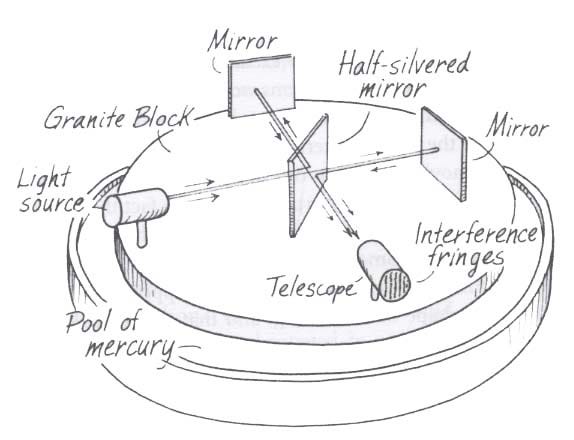
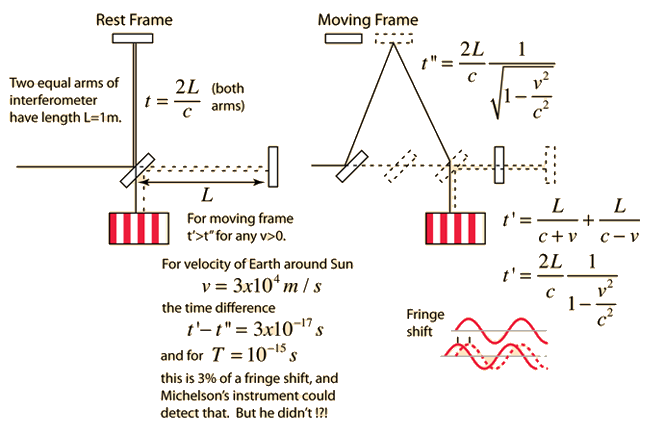
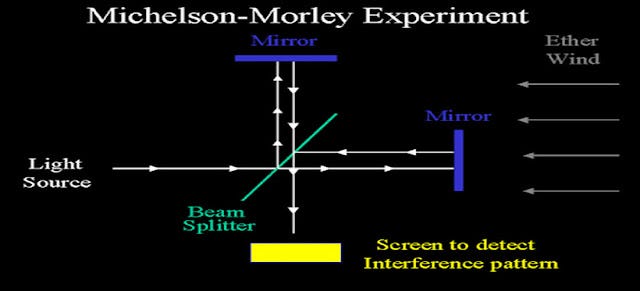


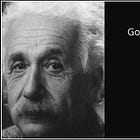

I am still trying to wrap my head around the aether.
Is it like a gas covering the ground, and gets 'less' higher up?
is it like a roaming invisible mass, that is at times more and then less, at various locations?
Is is a conduit for energy transfer? like lightning?
How did the MM prove non-movement? Yes, the parallel readings should have been different than the perpendicular. But the predicted of 30km/s was higher than the actual 8km/s. What actually was moving then? if the Earth is stationary. What was moving at 8km/s? In relation to what?
Yes, an aether is required as a medium for waves to propagate. Is the medium more/less at different locations on the earth? If yes, then that means waves propagate more/less when there is more/less aether present.
I would like a more detailed explanation of the MM experiment as how it 'proves' the aether.
A fascinating critique of what is presented to us as "settled science". As a non-scientist, I appreciate this breakdown of the competing interpretations of presence of waves, aether etc..